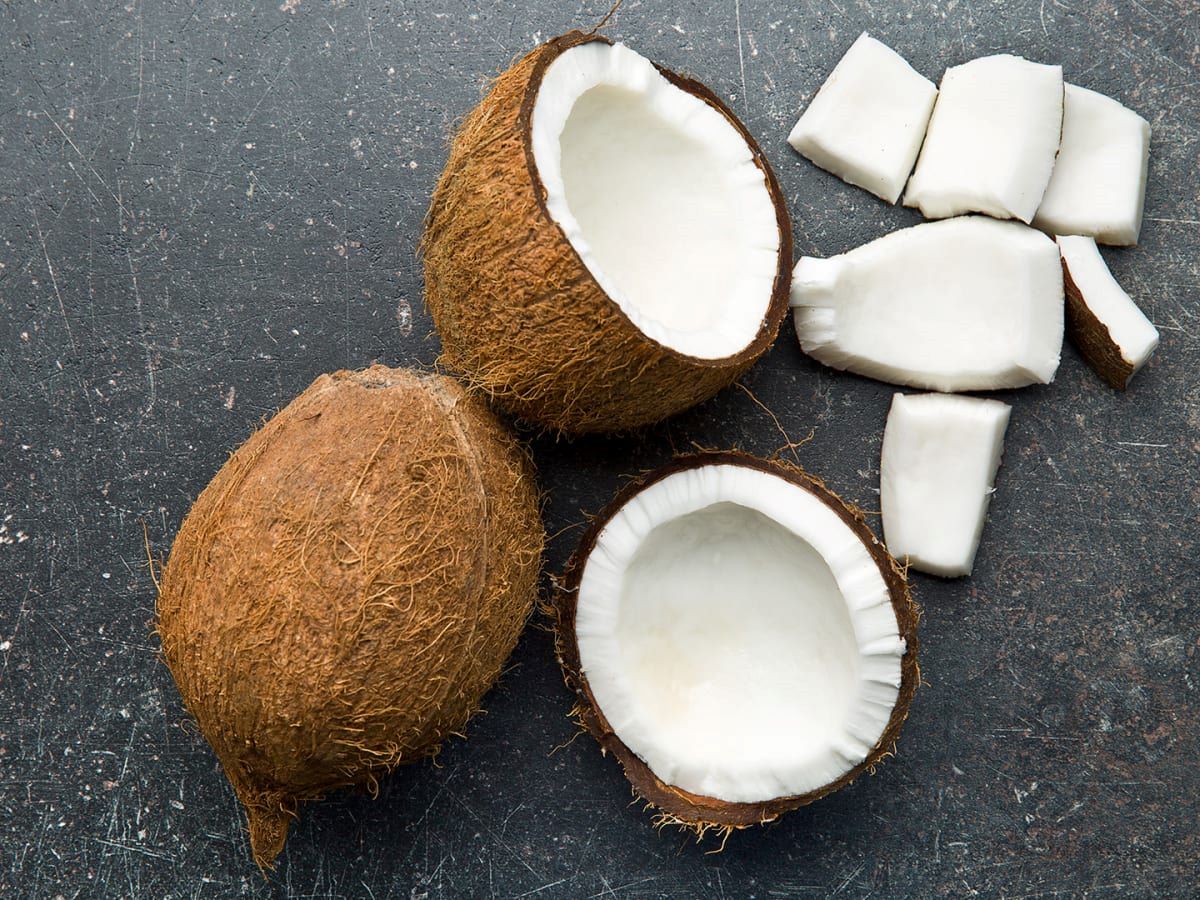

Articles
How To Store Fresh Coconut Meat
Modified: February 23, 2024
Learn how to properly store fresh coconut meat and keep it fresh for longer. Get expert tips and techniques in this informative article.
(Many of the links in this article redirect to a specific reviewed product. Your purchase of these products through affiliate links helps to generate commission for Storables.com, at no extra cost. Learn more)
Introduction
Fresh coconut meat is not only delicious but also packed with nutrients and health benefits. Whether you’ve just harvested coconuts from your own tree or bought them from the grocery store, knowing how to properly store the meat is essential to ensure its longevity and quality. By following a few simple steps and using the right techniques, you can enjoy the taste and goodness of fresh coconut meat for weeks.
In this article, we will guide you through the process of storing fresh coconut meat. We’ll cover everything from choosing the right coconuts to cleaning and storing the meat properly. So, let’s dive in and discover how to store fresh coconut meat for ultimate freshness and enjoyment.
Key Takeaways:
- Choose fresh, heavy coconuts with a smooth brown husk, and listen for a sloshing sound when shaken. Properly store coconut meat in airtight containers or freezer bags, labeled with the extraction date, for ultimate freshness.
- Enjoy the versatility of coconut meat by using it in recipes, snacking on it, or blending it into coconut milk. Thaw frozen coconut meat in the refrigerator overnight for optimal texture and flavor.
Read more: How To Store Fresh Coconut
Choosing the Right Coconut
When it comes to storing fresh coconut meat, the first step is to select the right coconuts. Here are a few tips to help you choose the best ones:
- Appearance: Look for coconuts with a smooth and brown husk. Avoid coconuts with mold, cracks, or soft spots, as these may indicate spoilage.
- Weight: Pick up the coconut and make sure it feels heavy for its size. Heavier coconuts generally have more water and fresh meat inside.
- Sound: Shake the coconut and listen for a sloshing sound. This indicates that there is plenty of coconut water inside.
- Smell: Give the coconut a gentle sniff. It should have a mild, sweet aroma. If it has a sour or funky smell, it may be past its prime.
Choosing the right coconuts is crucial because it sets the foundation for storing fresh and flavorful meat. Once you’ve selected your coconuts, it’s time to gather the tools and materials you’ll need for the meat extraction process.
Tools and Materials Needed
Before you start the process of extracting and storing fresh coconut meat, it’s important to gather the necessary tools and materials. Here’s a list of what you’ll need:
- A fresh coconut: Make sure you have the desired number of coconuts for your needs. It’s always a good idea to have a few extra.
- A hammer: This will be used to crack open the coconut. You can also use a meat tenderizer or a heavy-duty knife.
- A bowl: You’ll need a bowl to collect the coconut water and to hold the extracted meat.
- A spoon: A spoon can be helpful for separating the meat from the shell.
- A knife: A sharp knife will be used to remove the coconut meat from the shell.
- A grater or food processor: If you plan on grating or processing the coconut meat, these tools will come in handy.
- Storage containers: You’ll need airtight containers or freezer bags to store the fresh coconut meat.
- Labels and marker: To ensure proper organization, label the containers with the date of extraction.
Gathering these tools and materials in advance will save you time and make the storing process much smoother. Now that you’re prepared, it’s time to move on to the next step: cracking the coconut.
Step 1: Cracking the Coconut
Cracking open a coconut may seem like a daunting task, but with the right technique, it’s actually quite simple. Follow these steps to crack open your coconut:
- Locate the eyes: Look for the three indented spots on the top of the coconut. These are known as the eyes.
- Drain the coconut water: Use a screwdriver, skewer, or any other pointed tool to pierce through one of the eyes. This will create a small hole for the coconut water to drain out. Hold the coconut over a bowl or container and let the water flow out completely. You can drink the coconut water or save it for later use.
- Crack the coconut: Place the coconut on a hard surface, such as a concrete floor or a solid countertop. Hold the coconut firmly with one hand and use a hammer or meat tenderizer to strike the coconut along its equator. Rotate the coconut and continue hitting it until it cracks open into two halves.
- Separate the halves: Once the coconut has cracked open, use your hands to separate the two halves. If necessary, use a knife to gently pry them apart.
Now that you have successfully cracked open the coconut, it’s time to move on to the next step: removing the coconut meat.
Step 2: Removing the Coconut Meat
Now that you have cracked open the coconut, it’s time to extract the meat. Follow these steps to remove the coconut meat:
- Hold the coconut firmly: Take one of the coconut halves in your hand and hold it firmly to prevent it from slipping.
- Separate the meat from the shell: Use a spoon or a butter knife to carefully separate the meat from the shell. Gently slide the spoon between the meat and the shell, and slowly work your way around the edges to loosen the meat. Be careful not to dig too deep or damage the meat.
- Remove any brown husk: Some pieces of the brown outer husk may still be attached to the meat. Use a peeler or a sharp knife to remove any remaining husk, ensuring that only the white coconut meat remains.
- Repeat with the other half: Once you have removed all the meat from one coconut half, repeat the process with the other half to extract all the meat.
After completing this step, you should have a collection of fresh coconut meat ready to be cleaned and stored. Let’s move on to the next step: cleaning the coconut meat.
Store fresh coconut meat in an airtight container in the refrigerator for up to 5 days. For longer storage, freeze the meat in a resealable bag for up to 6 months.
Read more: How To Store Fresh Fish
Step 3: Cleaning the Coconut Meat
Cleaning the coconut meat is an important step to ensure its freshness and remove any impurities. Follow these steps to clean the coconut meat:
- Rinse the meat: Place the extracted coconut meat in a colander or strainer and rinse it under cold water. This will help remove any dirt or debris that may be clinging to the meat.
- Inspect for any blemishes: Examine the coconut meat for any blemishes or pieces of shell that may have been missed during the extraction process. Use a small knife or your fingers to carefully remove any unwanted bits.
- Pat dry: Gently pat the coconut meat dry with a clean towel or paper towel. Make sure to remove any excess water before moving on to the next step.
By rinsing and inspecting the coconut meat, you can ensure that it is clean and ready for storage. Now that the coconut meat is clean, let’s proceed to the next step: storing the fresh coconut meat.
Step 4: Storing the Fresh Coconut Meat
Proper storage is crucial to maintain the freshness and quality of the coconut meat. Follow these steps to store the fresh coconut meat:
- Cut into desired sizes: Cut the coconut meat into smaller pieces or shred it according to your preference and intended use. This will make it easier to use later on, whether you plan to use it in recipes or eat it as a snack.
- Choose the right storage containers: Use airtight containers or freezer bags to store the coconut meat. Make sure the containers are clean and dry before adding the meat.
- Label and date the containers: To maintain organization and track the freshness, label each container with the date of extraction. This will help you keep track of how long the coconut meat has been stored.
- Store in the refrigerator or freezer: Place the labeled containers of coconut meat in the refrigerator if you plan to use it within a few days. For longer storage, store the containers in the freezer. Frozen coconut meat can stay fresh for up to several months.
Remember to avoid storing the coconut meat at room temperature, as it can spoil quickly. By following these storage guidelines, you can ensure that the fresh coconut meat remains delicious and ready for use whenever you need it.
Step 5: Tips for Using Stored Coconut Meat
Now that you have stored your fresh coconut meat, it’s time to make the most of it. Here are some tips for using the stored coconut meat:
- Thawing frozen coconut meat: If you stored the coconut meat in the freezer, thaw it in the refrigerator overnight before using. This will ensure that the meat retains its texture and flavor.
- Adding to recipes: Use the fresh coconut meat in various recipes, such as smoothies, curries, desserts, or even as a topping for salads. Its creamy texture and tropical flavor can enhance a wide range of dishes.
- Snacking on coconut meat: Enjoy the coconut meat as a healthy and satisfying snack on its own. Sprinkle it with a little sea salt or your favorite spices for extra flavor.
- Blending into coconut milk or cream: Turn the stored coconut meat into homemade coconut milk or cream by blending it with water. This can be used in recipes or as a dairy-free alternative in various dishes.
- Freezing in portion sizes: If you don’t plan to use all the coconut meat at once, freeze it in smaller portion sizes. This way, you can easily thaw and use only what you need, without the need to thaw the entire batch.
By following these tips, you can enjoy the deliciousness of the stored coconut meat in a variety of ways. Get creative and experiment with different recipes to make the most of your coconut meat stash.
Conclusion
Storing fresh coconut meat is a simple yet important process to ensure its longevity and quality. By choosing the right coconuts, using the proper tools, and following the steps outlined in this guide, you can enjoy the taste and benefits of fresh coconut meat for weeks to come.
Remember to crack the coconut carefully, remove the meat from the shell without damaging it, and clean it thoroughly before storage. Use airtight containers or freezer bags and label them with the date of extraction for proper organization and tracking. Store the coconut meat in the refrigerator for short-term use or freeze it for longer storage.
Once stored, you can enjoy the versatility of coconut meat in various recipes or simply as a delicious and nutritious snack. Thaw the frozen coconut meat in the refrigerator overnight and have it ready for use in smoothies, curries, desserts, or as a topping for salads.
By following these steps and tips, you can maximize the freshness and flavor of your stored coconut meat and continue to savor the tropical delight it offers. So, go ahead and start storing your fresh coconut meat today, and enjoy its deliciousness whenever the craving strikes.
Frequently Asked Questions about How To Store Fresh Coconut Meat
Was this page helpful?
At Storables.com, we guarantee accurate and reliable information. Our content, validated by Expert Board Contributors, is crafted following stringent Editorial Policies. We're committed to providing you with well-researched, expert-backed insights for all your informational needs.
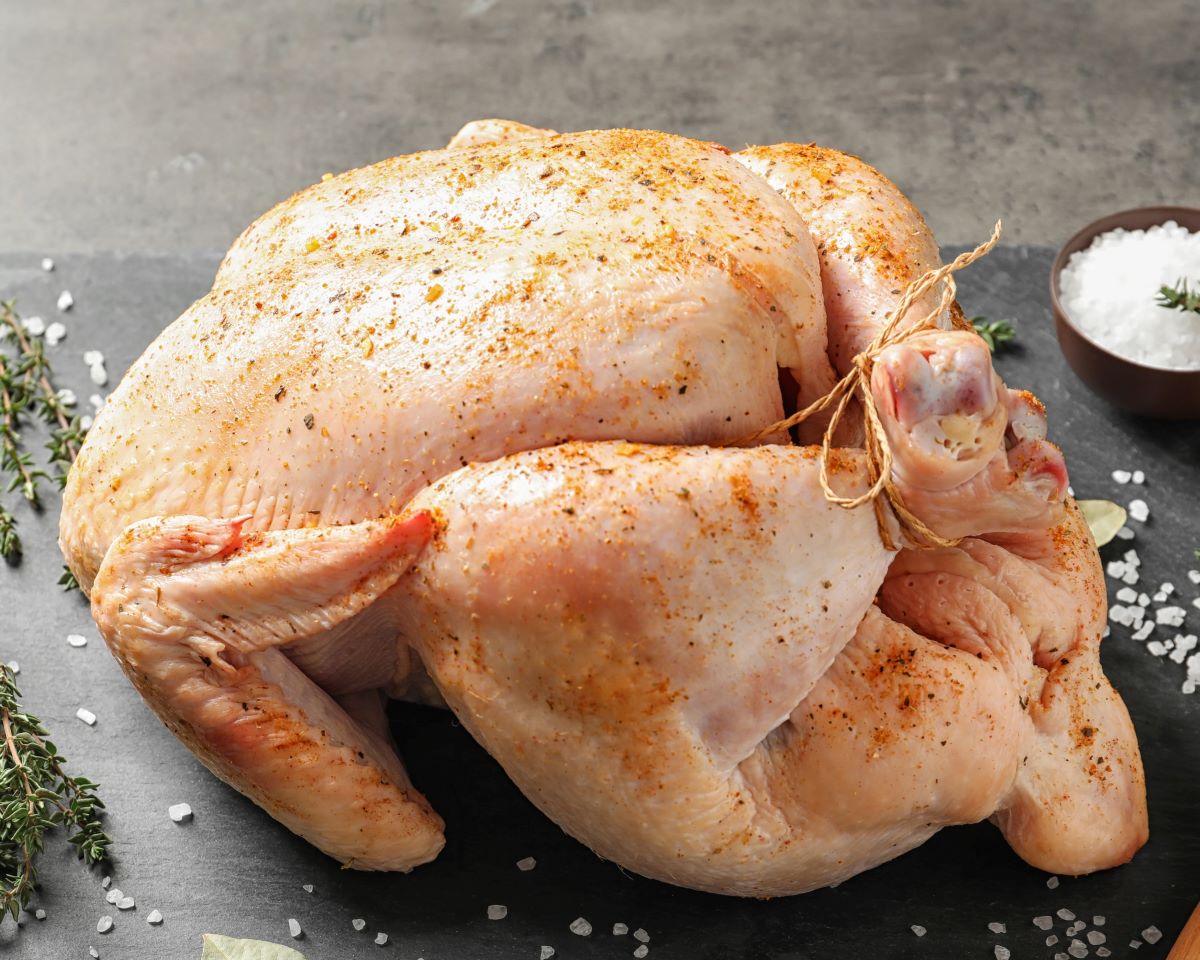

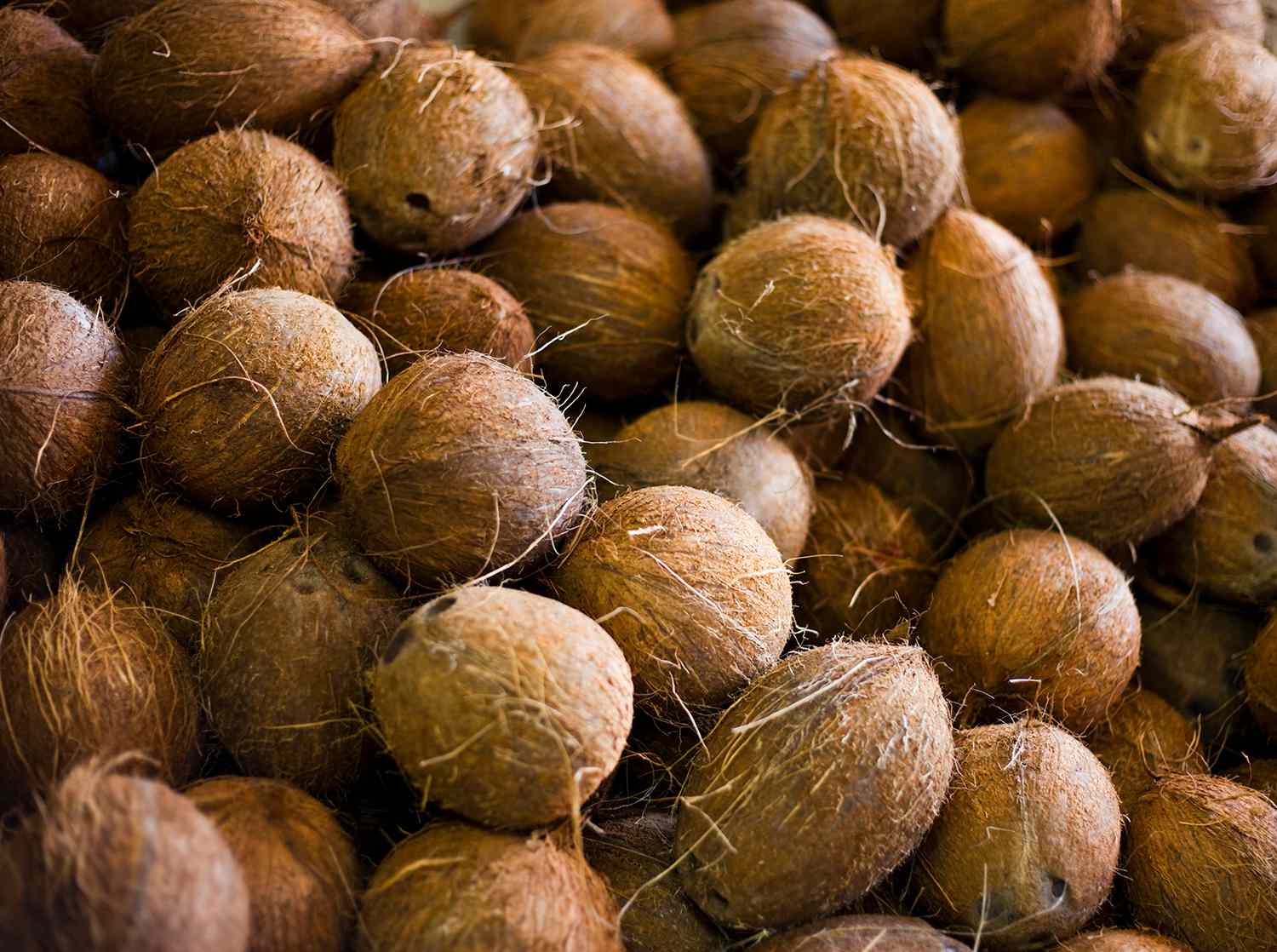


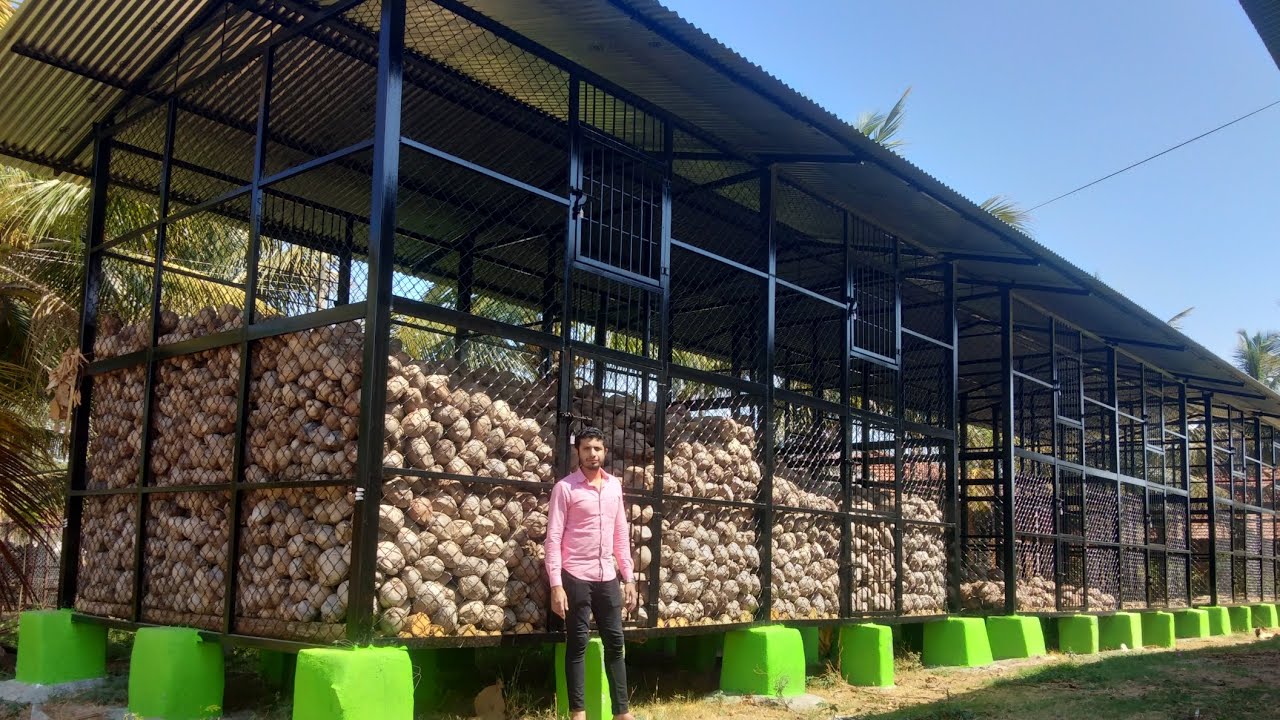

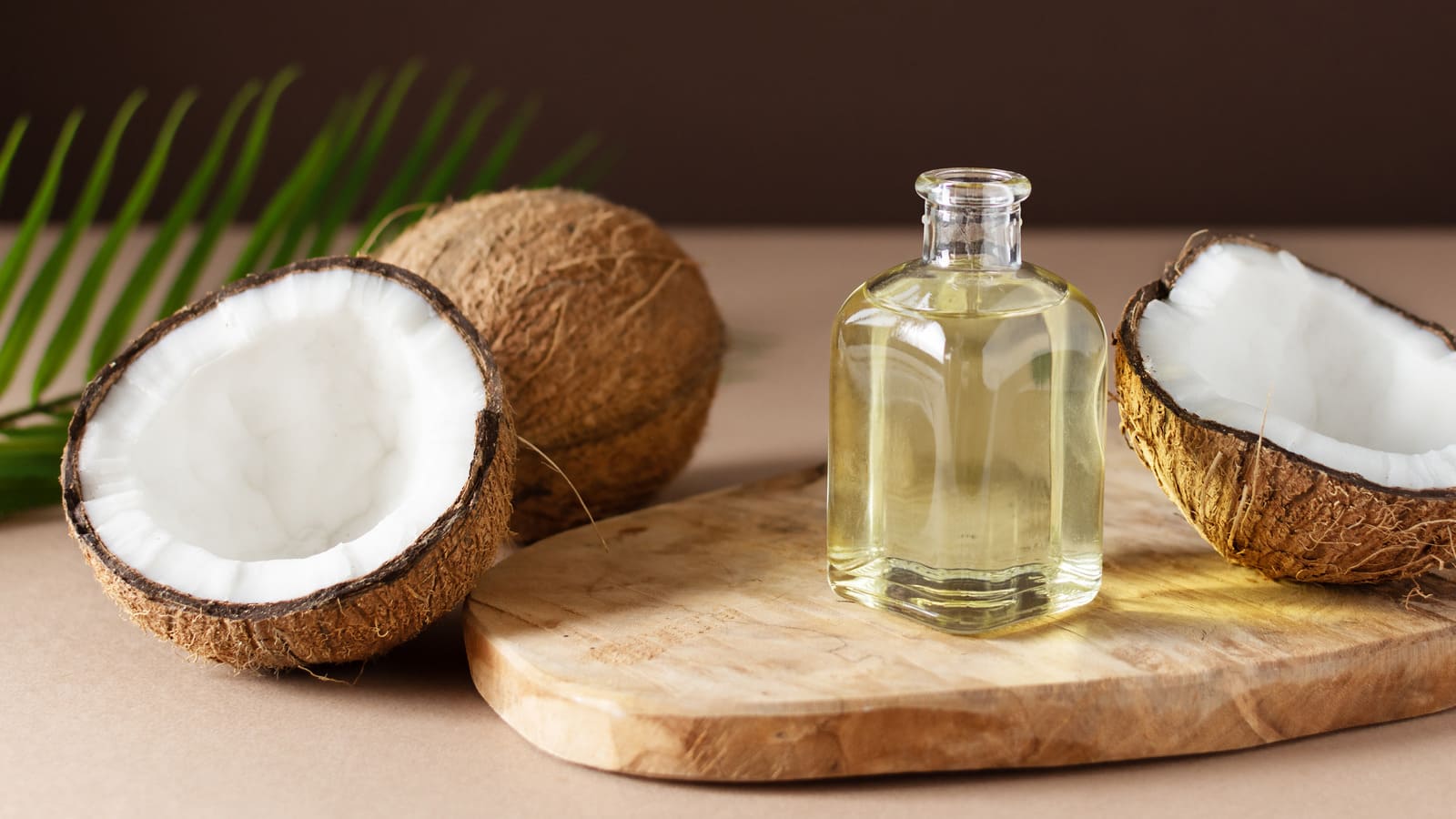
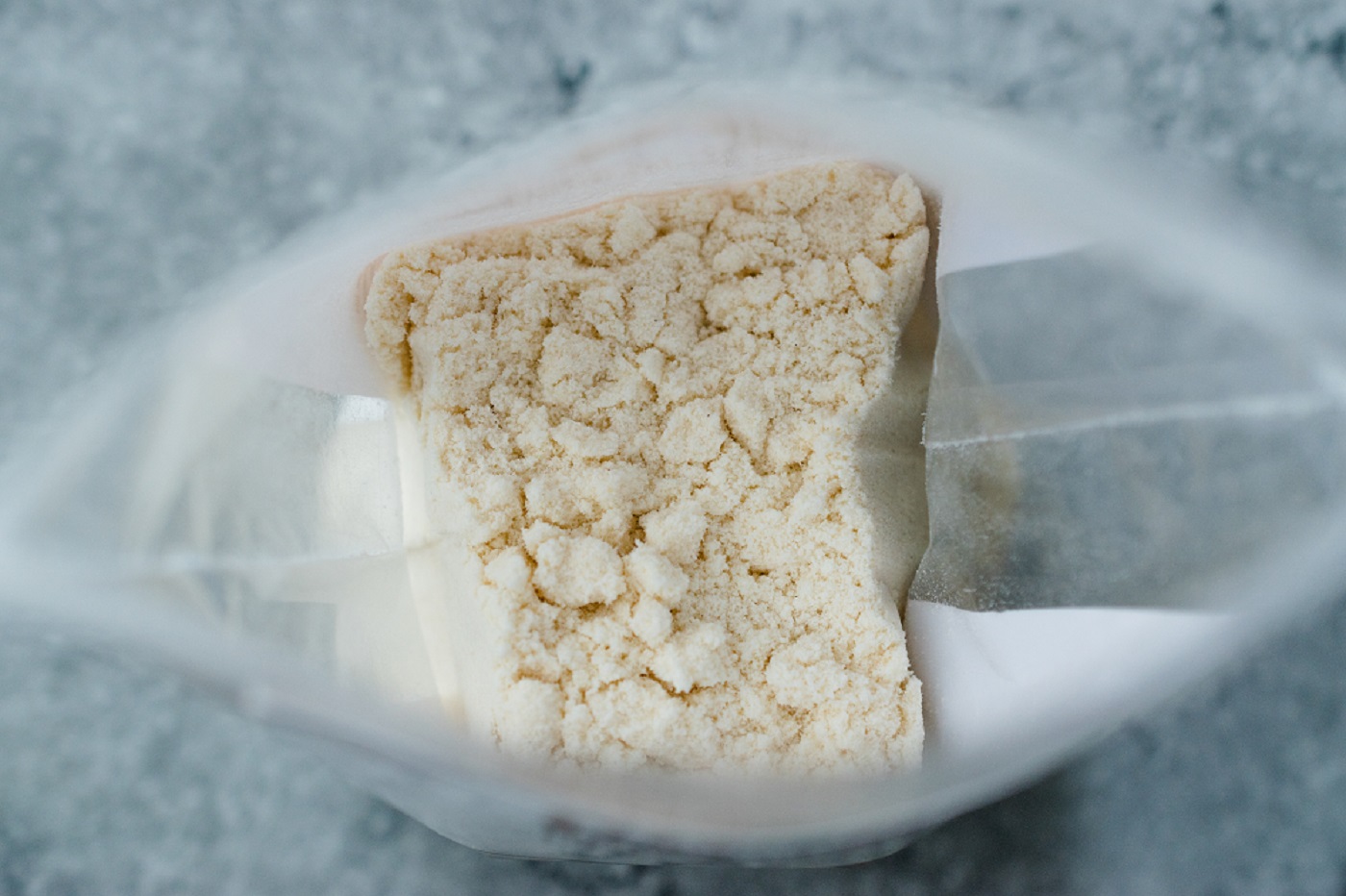
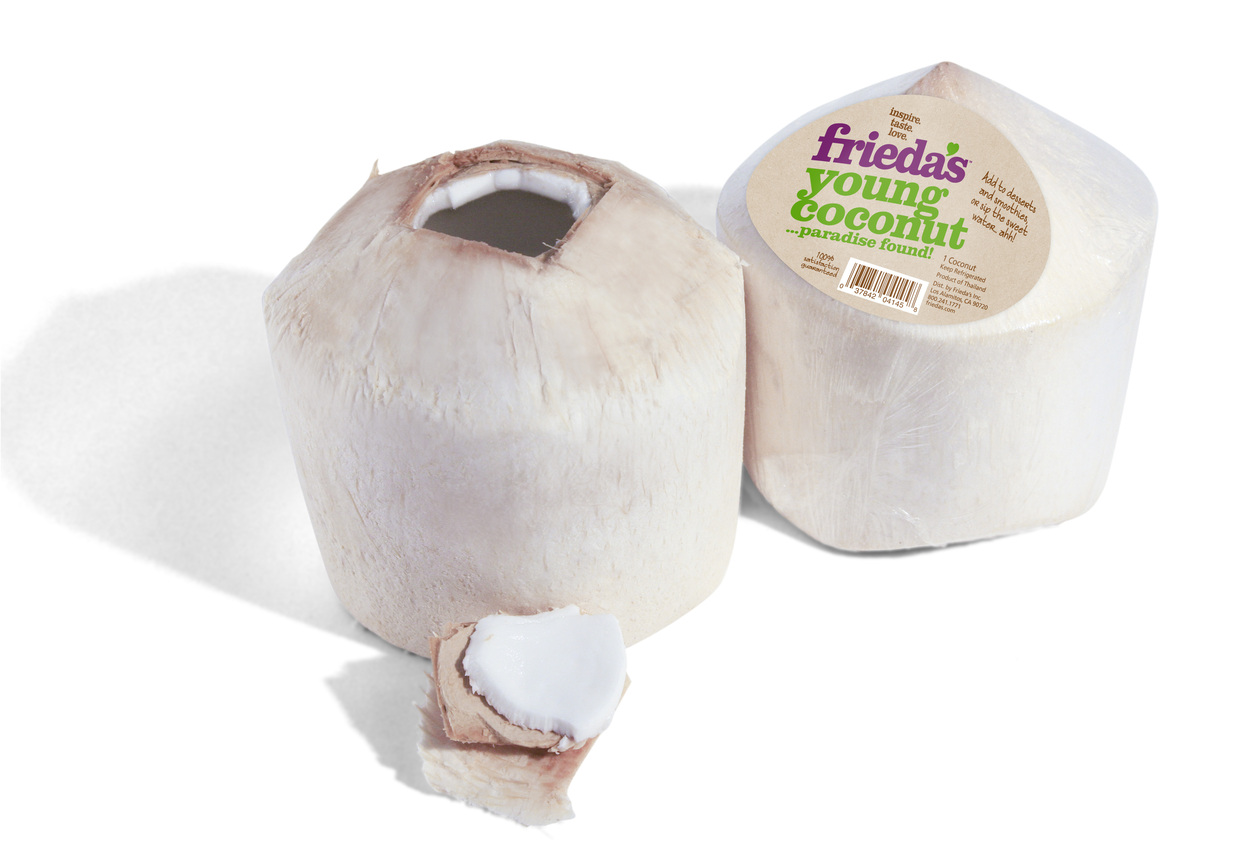
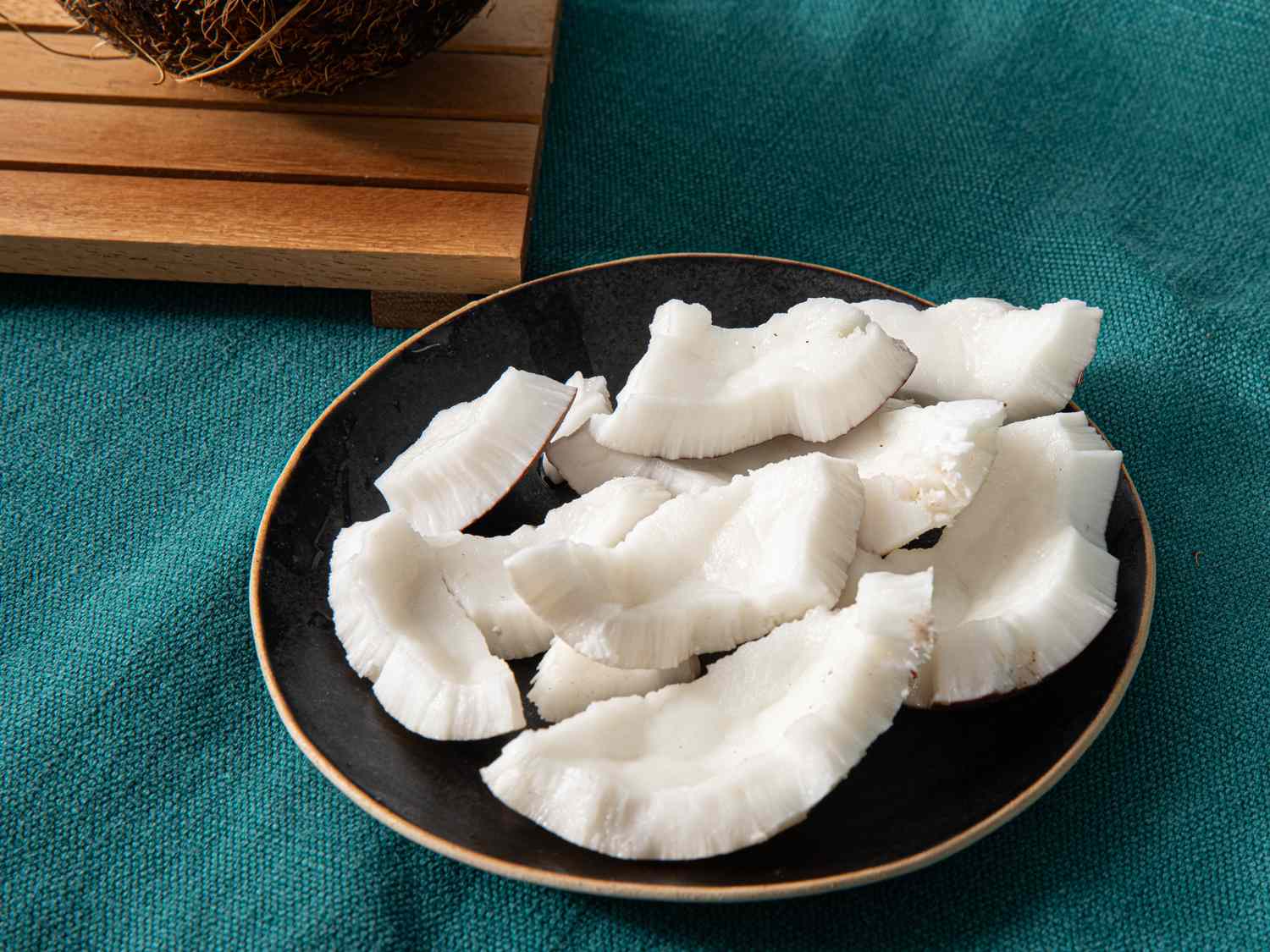
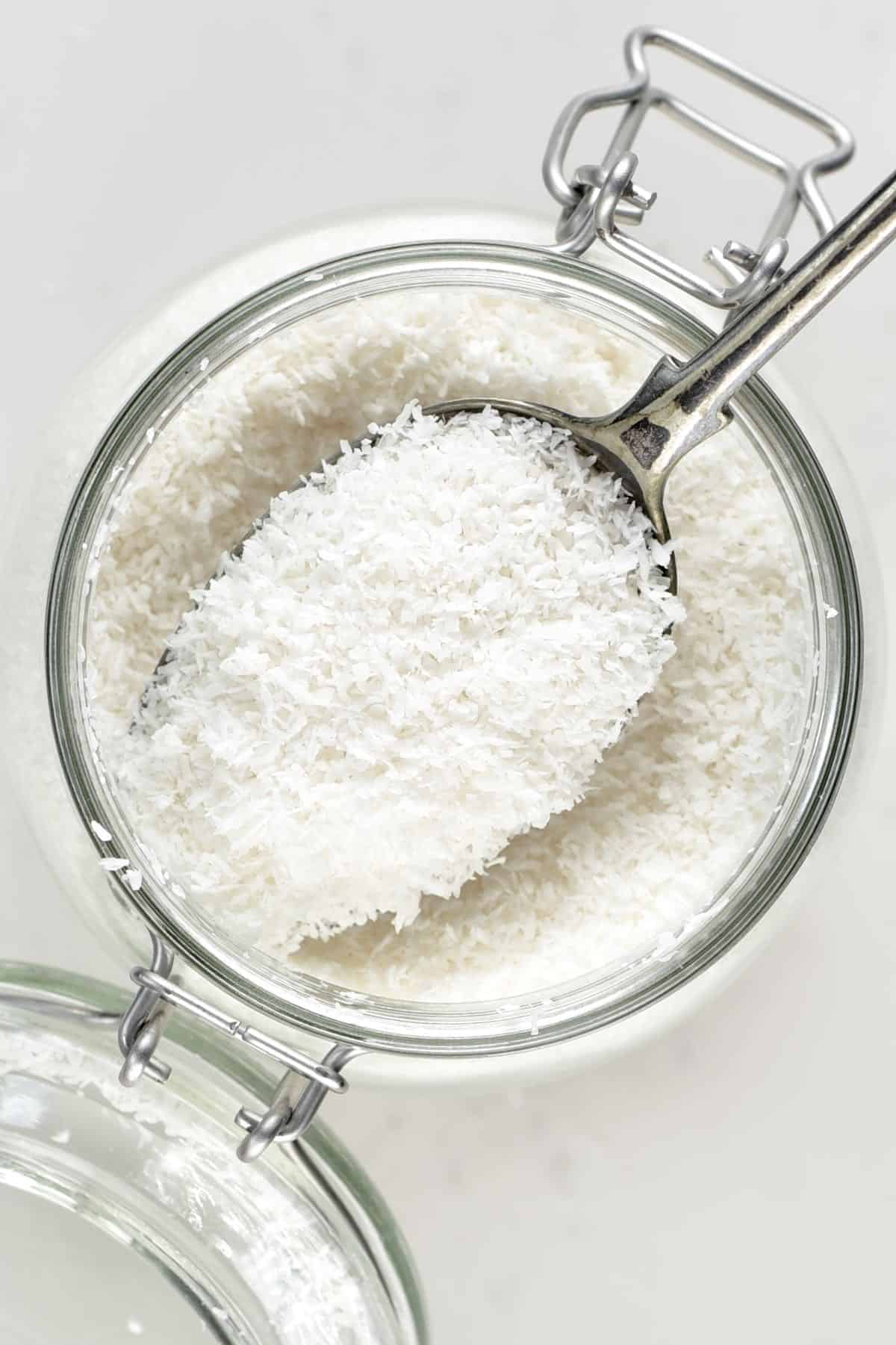
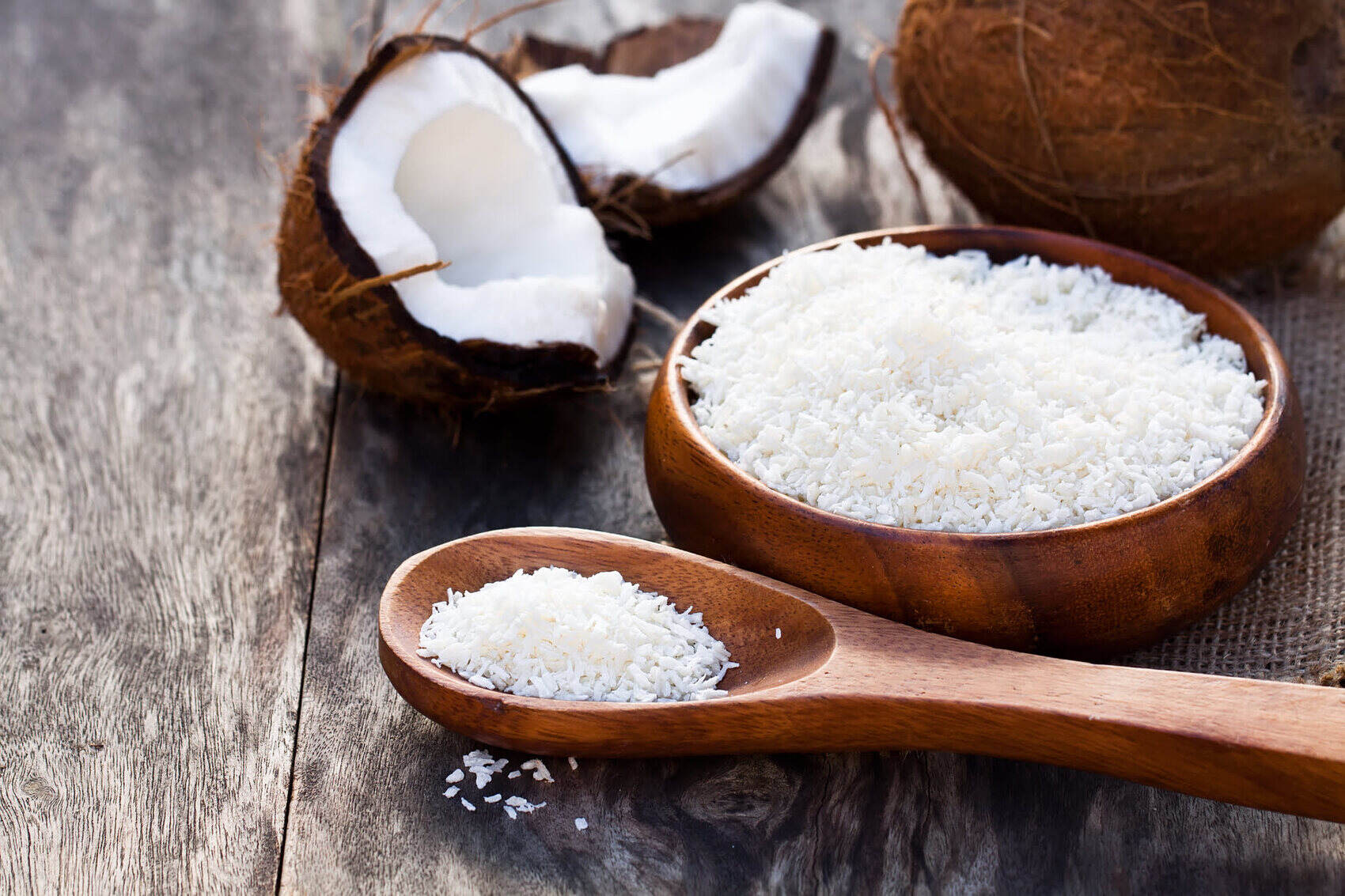
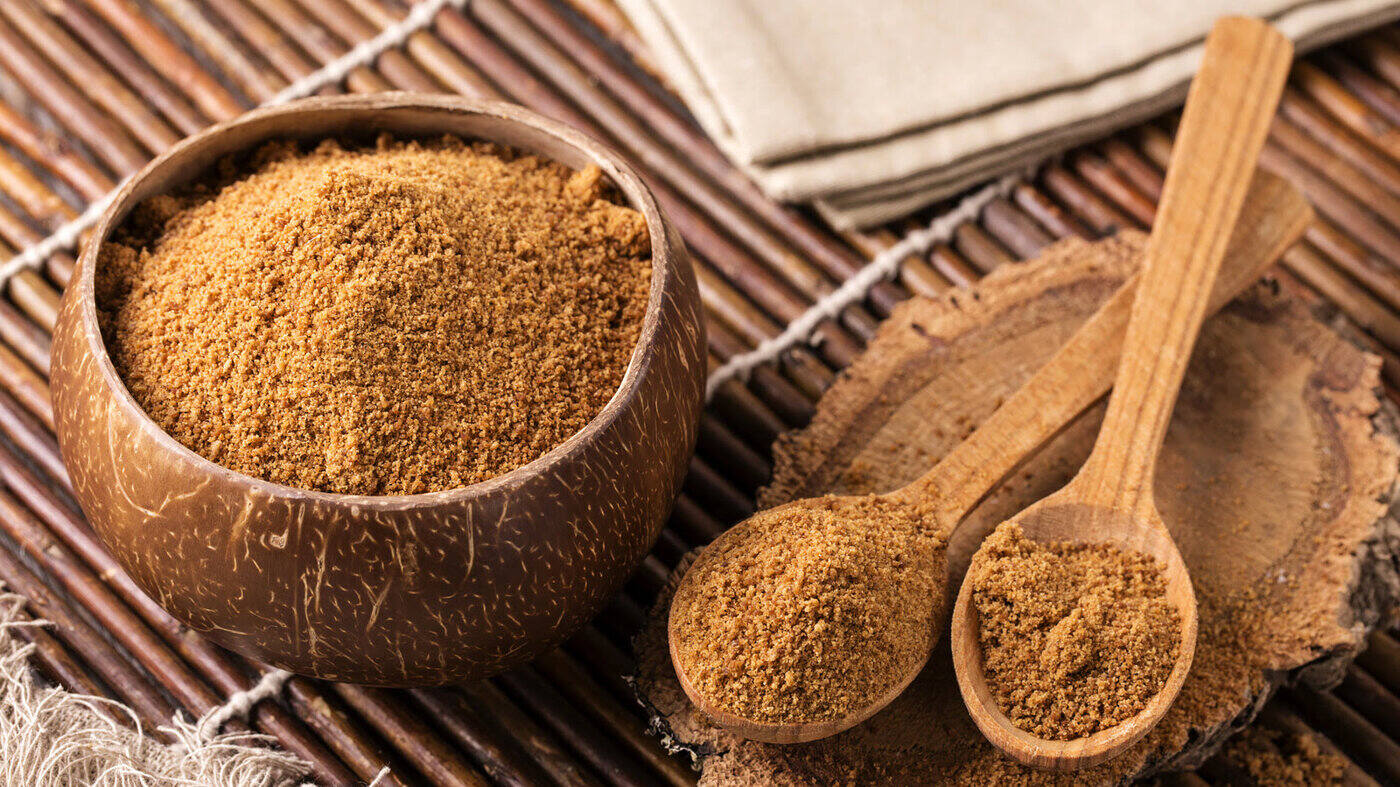

0 thoughts on “How To Store Fresh Coconut Meat”